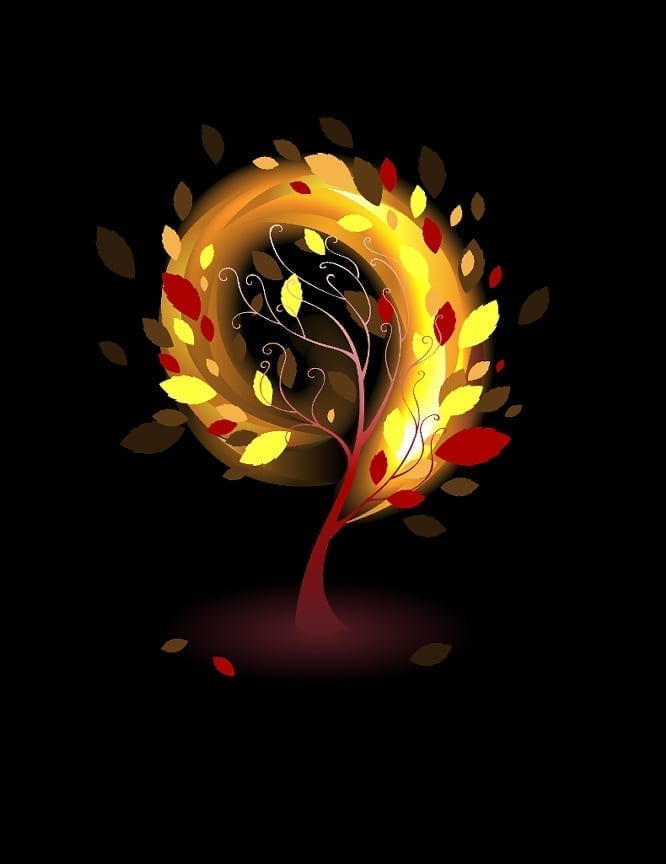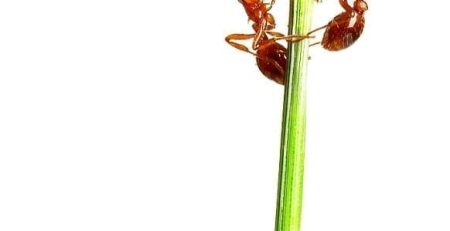Fluorescent trees
Daan Roosegaarde’s team, a Dutch designer, have abstract smart, interactive highways and parks that remove smog particles, and they are now focusing on bioluminescent jellies and bacteria. The team hopes to illuminate city streets with trees that glow at night by merging their light producing compound with plants. A team from the University of Cambridge modified genetic material from fireflies and the luminescent bacterium Vibrio fischeri in order to increase the production of light-yielding enzymes that can be put into genomes. They called it BioBricks. A kickstarter campaign revolving around this concept was funded this year.”When a jellyfish is deep, deep underwater it creates its own light,” Roosegaarde tells Dezeen. “It does not have a battery or a solar panel or an energy bill. It does it completely autonomously. What can we learn from that?”
This brought him to Alexander Krichevsky of the State of University of New York, Stony Brook. He founded tech company Bioglow to degrade autonomously luminescent plants based on research his team published in PLOS One. The luciferase enzyme assembles the light-emitting reactions in different organisms and is encoded by the lux operon. The team generated two lines of common Nicotiana tabacum house plants that carried lux operon from Photobacterium leiognathi. The plants can make luciferase and their substrates, luciferins. The Starlight Avatar glowing plant was revealed earlier this year. Roosegaarde is joining with Krichevsky to use a collection of these plants for a large-scale installations made to look like bioluminescent trees. “I mean, come on, it will be incredibly fascinating to have these energy-neutral but at the same time incredibly poetic landscapes,” he says.














